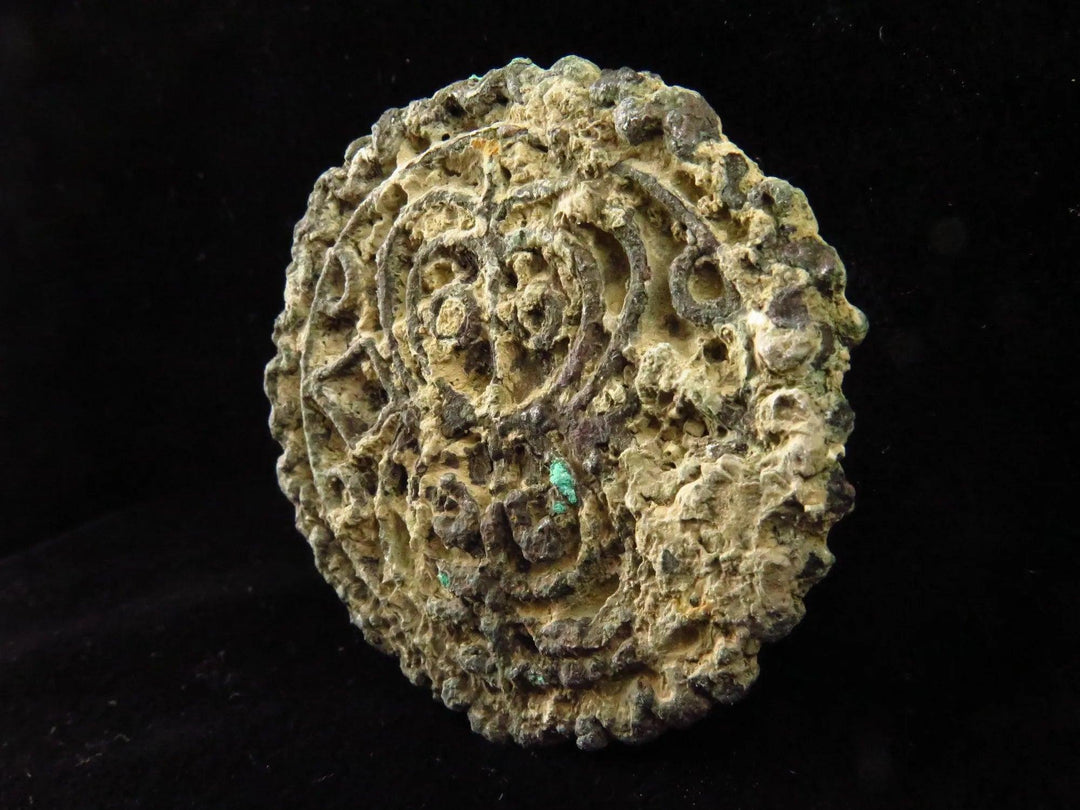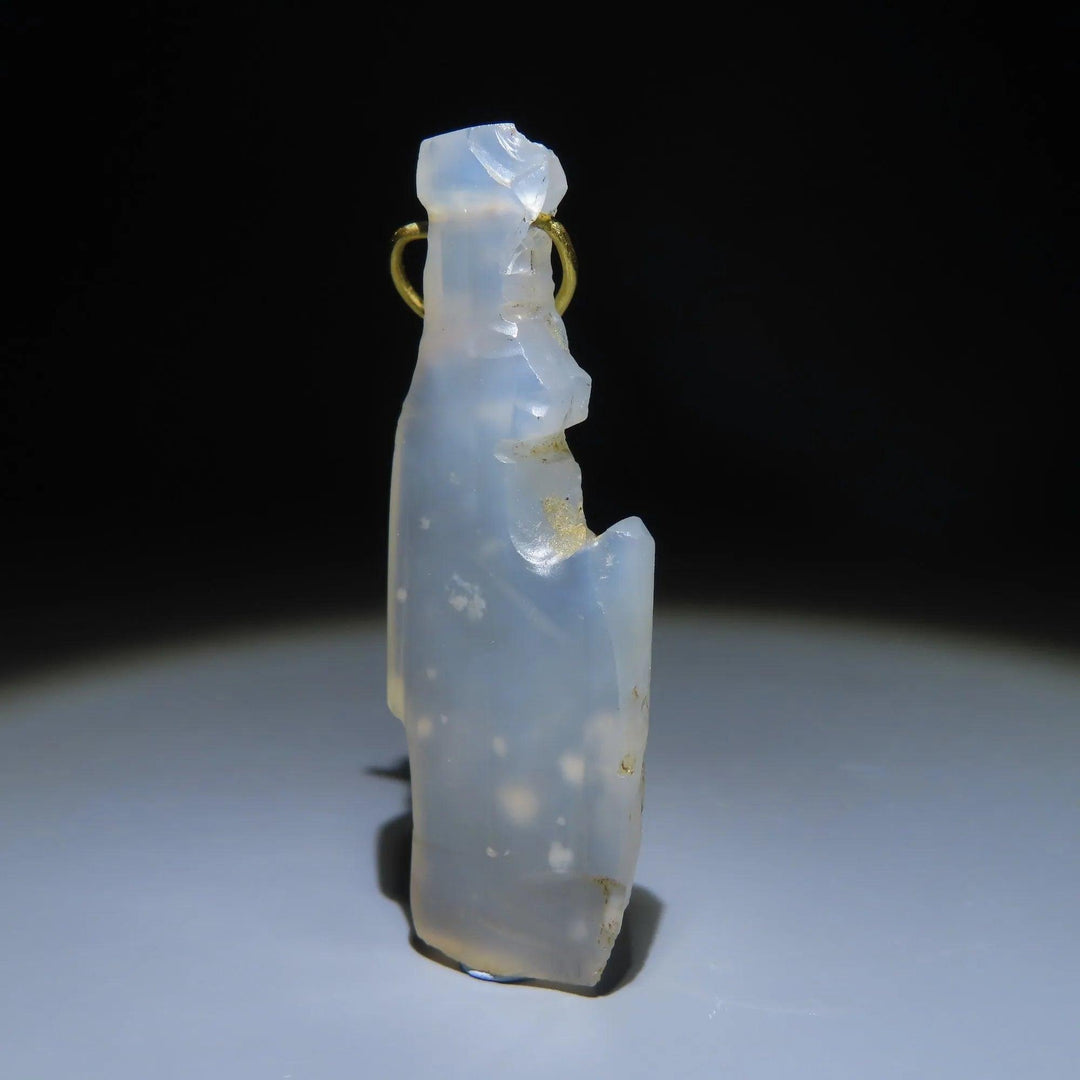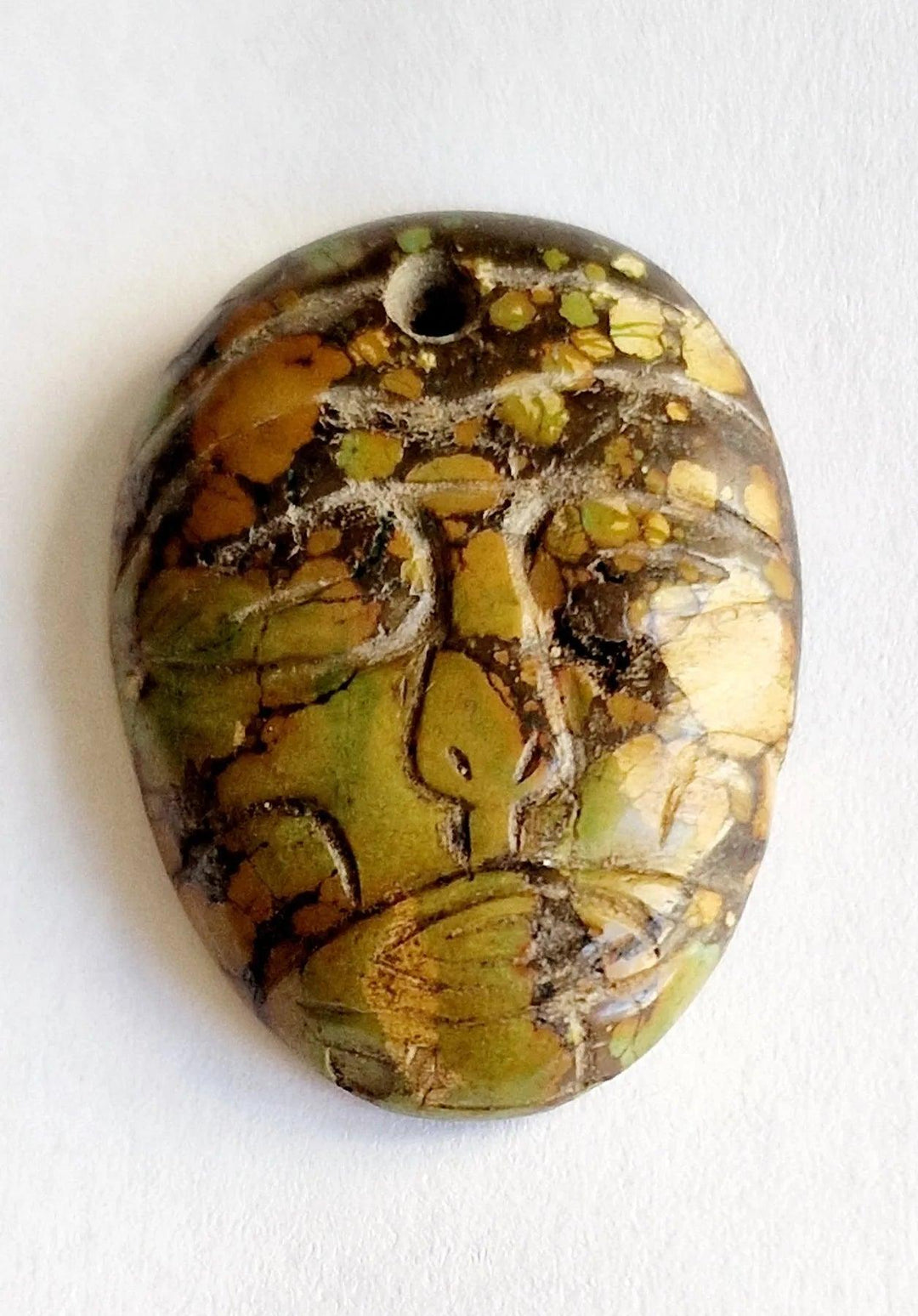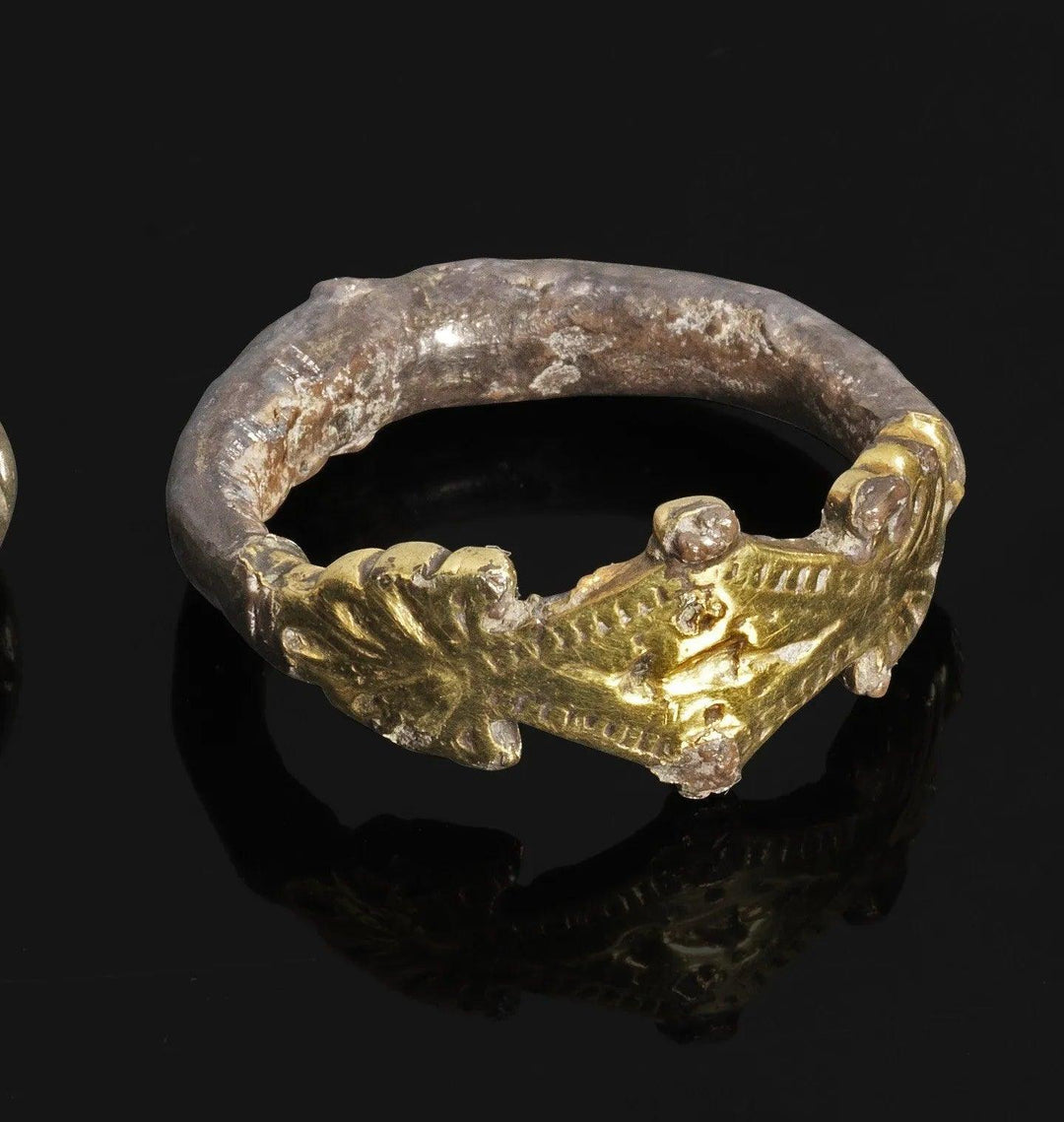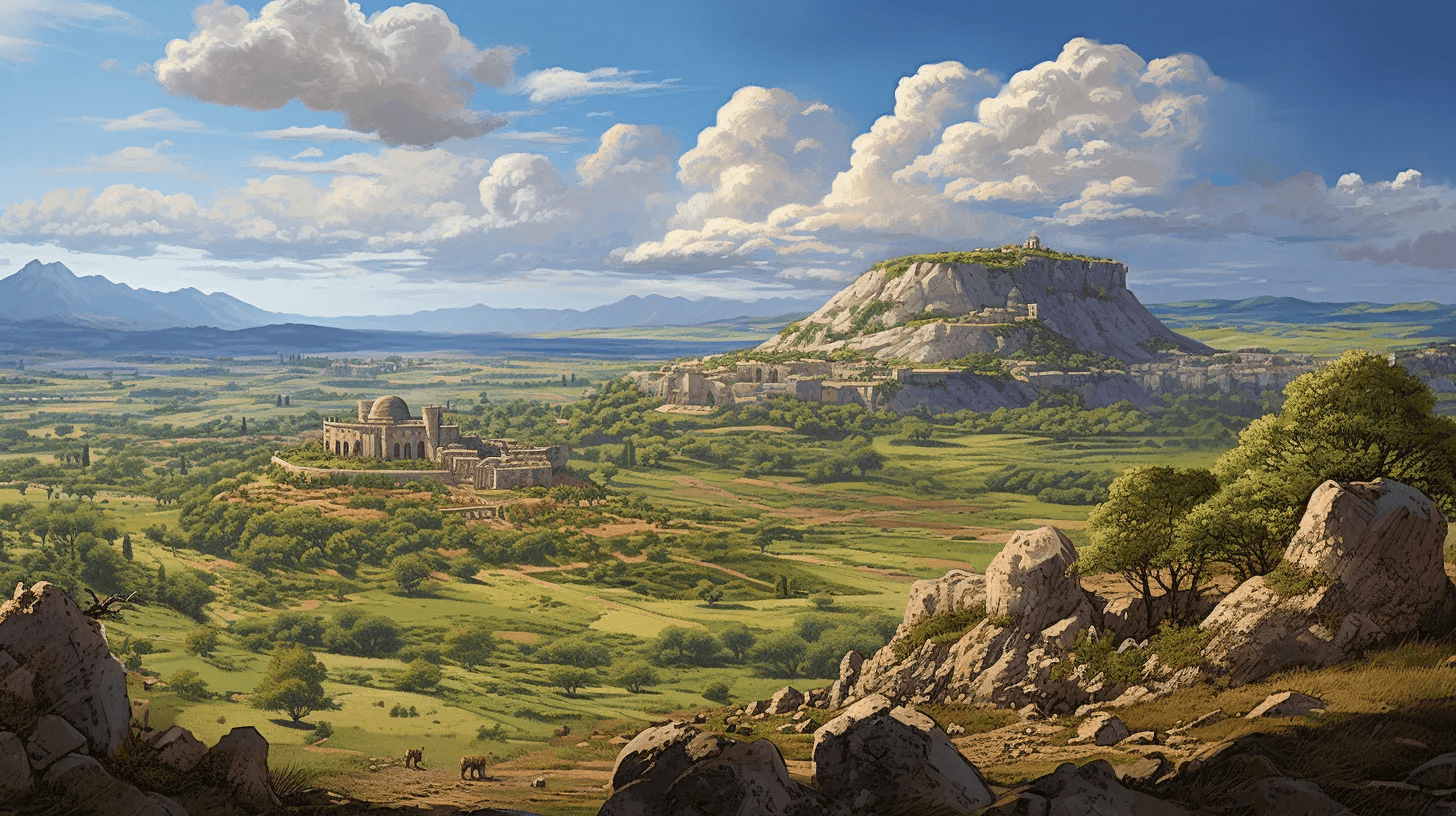
Iron Age: Artifacts from the Epoch of Ironworking and Ancient Empires (1200BCE - 1CE)
Venture into the Iron Age with our collection of authentic artifacts. Dive deep into an era marked by the mastery of iron, the rise of powerful empires, and the flourishing of diverse cultures across continents.
The Iron Age - a transformative period that began around 1200 BC and lasted until the rise of classical civilizations. This epoch was characterized by the widespread use of iron, which brought about significant advancements in technology, warfare, and societal structures.
Key Highlights:
- Ironworking: The smelting and forging of iron led to the creation of stronger tools, weapons, and architectural elements, revolutionizing various aspects of daily life.
- Emergence of Empires: This era witnessed the rise of mighty empires such as the Hittites, Assyrians, Persians, and the Maurya and Gupta empires in India.
- Cultural and Artistic Flourishing: The Iron Age saw the proliferation of art, literature, and religious practices, with diverse cultures leaving their unique imprints on history.
- Trade and Exploration: With improved tools and technologies, trade networks expanded, and explorations reached new frontiers, fostering interactions between distant civilizations.
Regions: The Iron Age had its influence across vast territories:
- Near East: Regions like Mesopotamia and Anatolia saw the dominance of empires like the Hittites and Assyrians.
- Ancient India: The subcontinent witnessed the establishment of powerful dynasties and the spread of Buddhism and Jainism.
- Europe: From the Celtic tribes in the west to the Thracians in the east, Europe underwent significant cultural and political transformations.
- Africa: Regions like ancient Nubia harnessed the power of iron, leading to the rise of influential kingdoms.
Valued Materials: During the Iron Age, a variety of materials became central to societal progress:
- Iron: Predominantly used for crafting weapons, tools, and architectural supports.
- Gold and Silver: Valued for jewelry, coinage, and ceremonial objects.
- Clay and Pottery: Essential for storage, cooking, and artistic expression.
- Textiles: Produced from wool, cotton, and silk, they played a crucial role in clothing, trade, and decoration.
Relevant Time Periods: The Iron Age can be divided based on regional developments and cultural shifts:
- Early Iron Age (c. 1200–700 BC): Marked by the initial spread of ironworking and the decline of Bronze Age civilizations.
- Middle Iron Age (c. 700–500 BC): Characterized by the consolidation of empires, advancements in art, and the spread of philosophical ideas.
- Late Iron Age (c. 500 BC–1 AD): Saw the interaction of classical civilizations with Iron Age cultures, leading to a fusion of ideas and practices.
Step into our curated collection of Iron Age artifacts, each echoing tales of ancient blacksmiths, warriors, and traders. From finely forged iron swords to ornate gold jewelry, immerse yourself in the rich heritage of an era that laid the foundation for the classical age.




